STAINED GLASS WINDOWS
THE MITCHELL FAMILY AND WAINSGATE CHAPEL
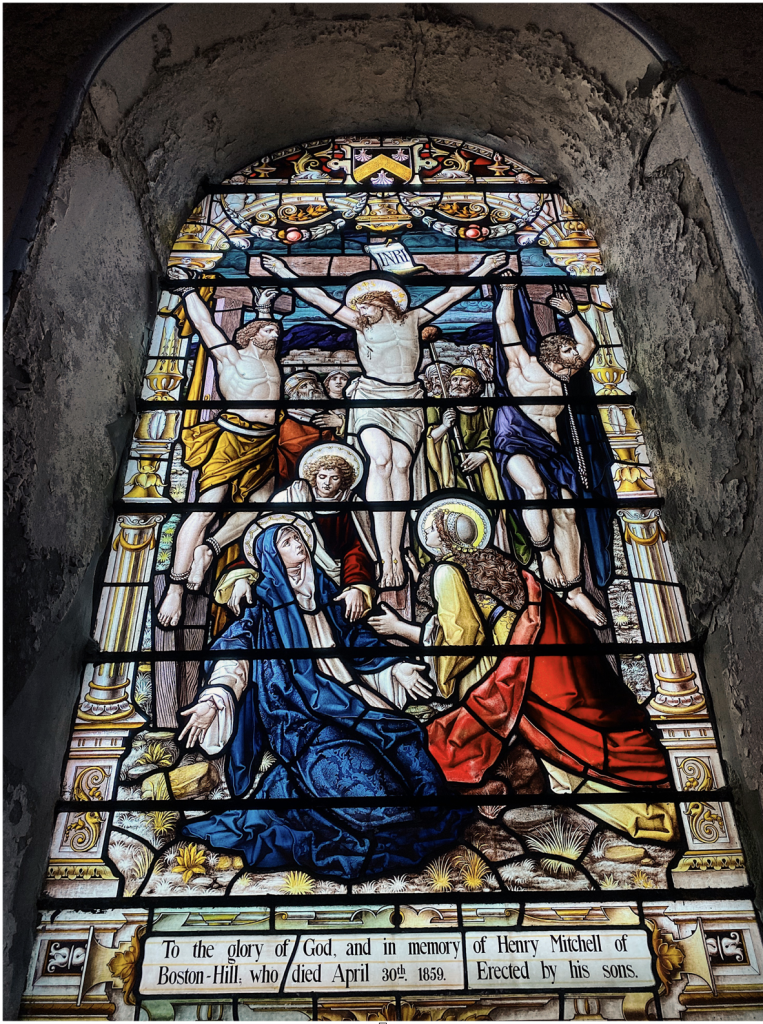
Photo: Samantha Gould
The story of Wainsgate’s stained glass windows
Despite the date of 1859 being shown on the window, it is likely that the window was erected after this date and at least three of the windows in the series were commissioned and installed at a similar time. A possible date for installation of the windows is around 1904 and there are several mentions of the windows in the chapel’s minute book which is currently held in the Birchcliffe archives. The windows were made by the Powell Brothers of Leeds and more of their work can be found in the region. For a further example of their work and a short history, click HERE

ABOVE: Mid 20th Century image of Wainsgate Chapel. Courtesy Penine Horizons Archive
If you look at Wainsgate Chapel on your approach along Wainsgate lane, it is evident that the relatively simple exterior of the building does little to convey the richness of some of the detail inside.
‘Stained glass windows were rarely installed in older chapels as they were too reminiscent of a traditional church but as time went by, confidence and money gained, they were sometimes added.’
(Extracts taken from ‘Valley of a Hundred Chapels.’ Amy Binns, 2013)
‘Baptist chapels traditionally maintained a simple and functional interior yet, by the second half of the 19th century, the interior of non-conformist chapels began to change.’
Along with the installation of the marble altar and the mosaic floor (both gifted by the Mitchell / Cousin family), the congregation at Wainsgate began to embrace the style of classical architecture. This influence extends to the stained glass windows – take a look at the borders – pillars are clearly visible on both sides of the window.

ABOVE: Birchcliffe – another chapel in Hebden Bridge with Italianate style pillars and arches showing the ‘ambition’ of the movement in the second half of the 19th century. Courtesy Penine Horizons Archive
Who were the Mitchell family mentioned in the window?
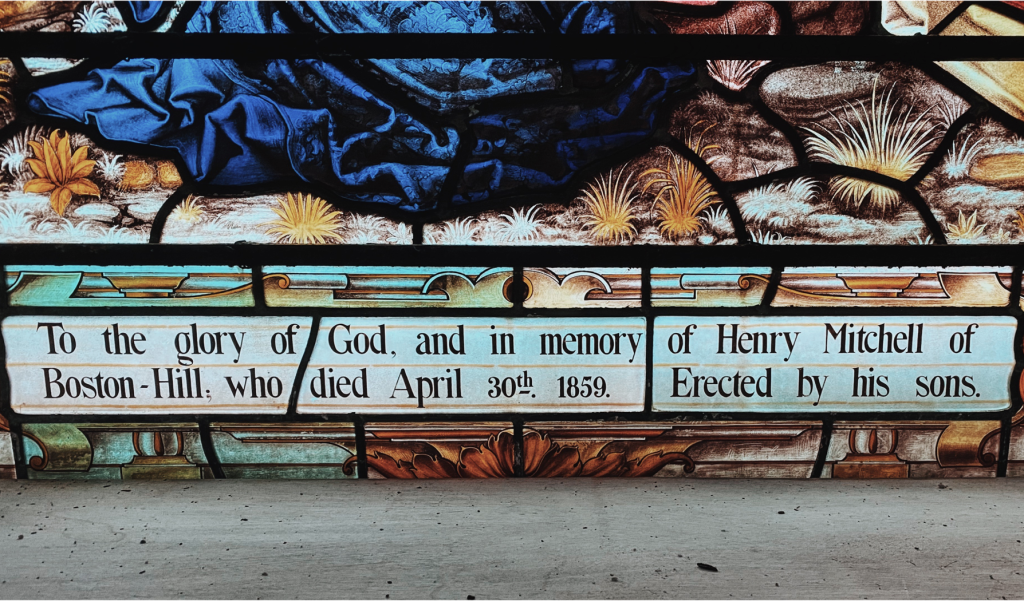
‘Henry Mitchell was born a gentleman on Boston Hill in 1824. The census records his occupation as ‘Worsted Manufacturer’ and his wife’s as as ‘Land Proprietor.’ He died in 1859 at Ibbotroyd.
His children. William, John and Clara never married or had any (known) children but lived together at Boston Hill with only servants for company after their mother’s death. In 1901 the two brothers are recorded as ‘Worsted Spinner, employer’ and Clara as ‘Living on her own means.’
By 1911 William was a ‘Gentleman, private means and Clara a ‘Gentlewoman, private means.’ John is recorded as ‘Worsted Spinner, hosiery and weft yarns, employer, Old Town Mills.’
(Research by Chris Barnett for his Wainsgate Graveyard Project)
All are buried in the Mitchell family grave in Wainsgate.
We know in the period from the late 1880’s into the 1890s that Old Town Mill was going through a growth period with the addition of the chimney, the warehouse and the beam engine at this time. This period is also when the Mitchell family donated many of the beautiful features that we see in the chapel today. This was not only a time of prosperity for the Mitchell family but also for the chapel itself.
“Henry Mitchell married Sarah Ann Cousin. She and her sister presented the alabaster pulpit given to the chapel by the Mitchell family in 1891.
As well as being generous benefactors, The Mitchell family were heavily involved in Wainsgate life well into the 20th century. Earlier donations were supplemented at a later date by fundraising activities.’”
(Extract taken from ‘Valley of a Hundred Chapels.’ Amy Binns, 2013.)
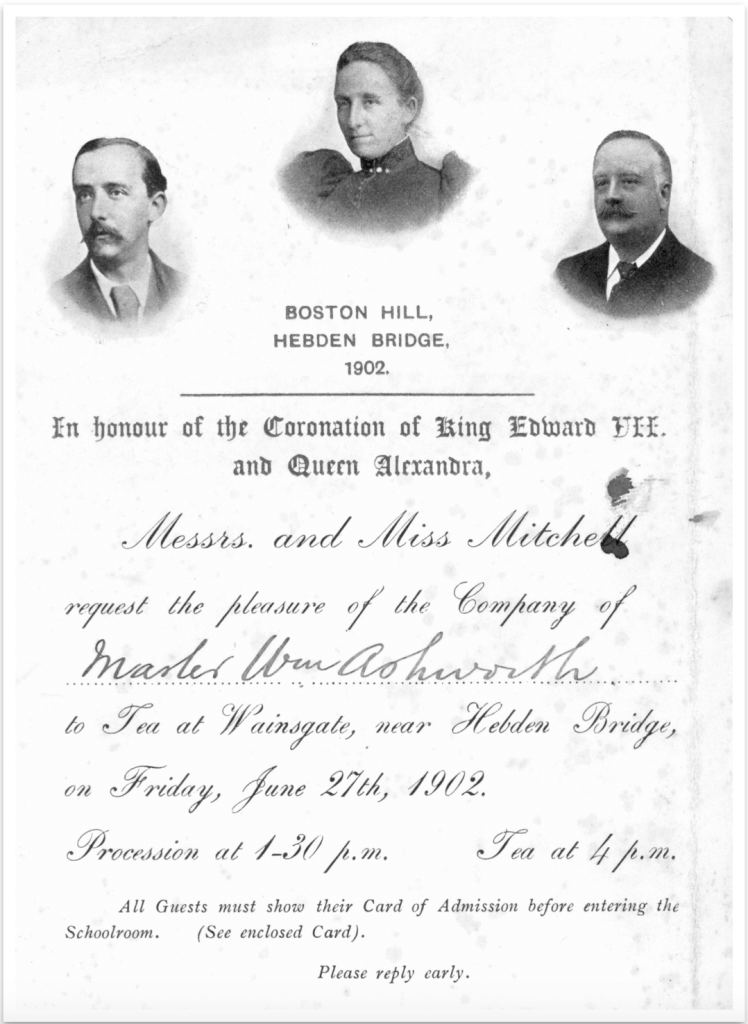
An entry in the Wainsgate minute book reads:
“27th Aug 1922 thanks to Mr and Mrs. Mitchell for using their grounds at Boston Hill for a garden party. Tea served for 320 persons.”
The above picture is the only known image of the Mitchell Siblings.
The Mitchell’s, Old Town Mill and the Community
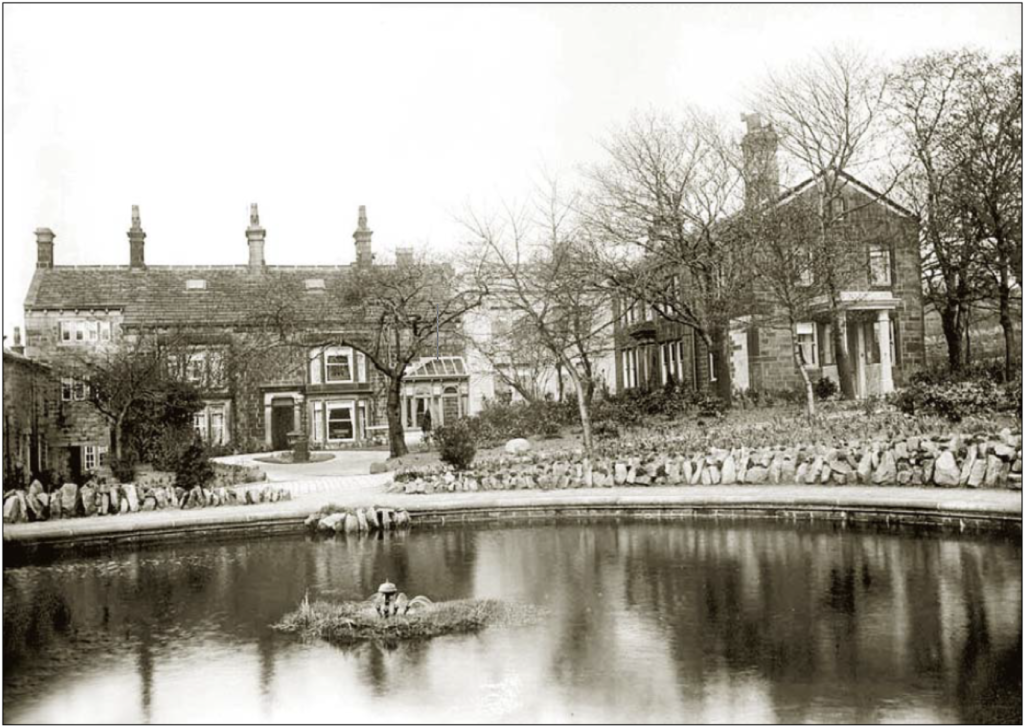
ABOVE: The Mitchell Family home on Boston Hill. Photo courtesy of Hebden Bridge History Society
There is no doubt that without the generous donations of the Mitchell family, Wainsgate would not look like it does today.
But who filled the pews? How often history focuses on those at the top of the social ladder and ignores those on lower rungs. Who were the grafters who attended Wainsgate every week and made up the majority of the chapel community?
Throughout its 200 year history, Wainsgate has relied on the donations of its congregation, as well as those from its benefactors, and many gave generously without always having the means to do so.
Without the community, there would be no congregation and the the importance of the working folk and their families must be recognised for their huge part in shaping the history of Wainsgate Chapel.
Working at Mitchell’s Mill
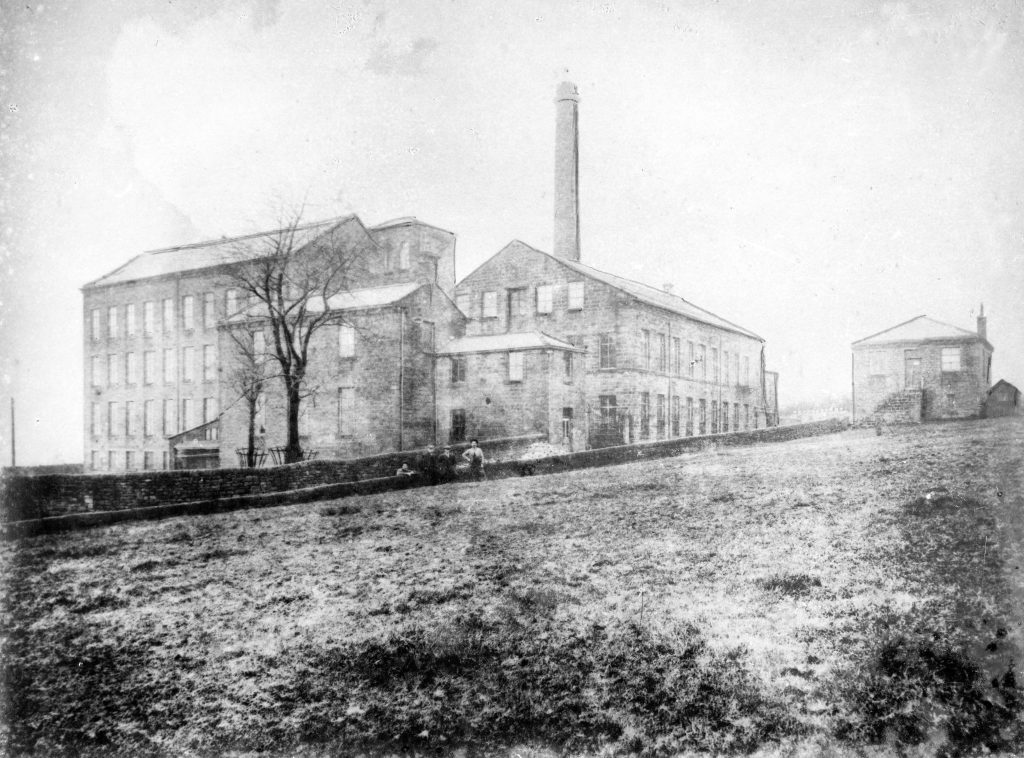
ABOVE: Old Town Mill – Early 20th Century. Courtesy Penine Horizons Archive
Below is an account of life working at Mitchell’s Mill by Harry Atkinson. From the Birchcliffe archive.
From Harry Atkinson as told to Diana Monahan 1st February 2021 and checked by email on 4th February.
[Information from Derek Pollard: Bernard Butterworth bought the mill and engine in 1961 and Bernard scrapped it. Percy Pollard offered to buy it at scrap value and rent the engine house but Bernard turned down the offer. Looking back later he admitted it had been a mistake to turn down the offer.]
Reservoir at the top of the hill. They could turn a tap on and the water generated electric below the hill.
“Fresh air” Sam
The mill had dry toilets on each floor and everyone used them – Unisex. They were not very pleasant.
“Fresh Air” Sam turned up every week with a horse drawn bouser and tank to empty them. It brought the whole place to a standstill as people went to the taking-in doors because of the stink.
[Information from Derek Pollard: Hepton Rural District Council had offices in the bank on New Road. Tub toilets were emptied as part of the council services and the soil was taken to the sewage works near Callis. There were two carts one for soil and one for ash. They had one tank which could be taken out on a wagon. They used to keep the carts in the coaching stables next to the mill at Boston Hill, which was owned by the council at that time.]

Lister Mill, Bradford 1902
For more information about what it would have been like to work in the mills of Yorkshire :
Images of the working class – Liz McIvor
9 Interesting Facts About Life as a 19th Century Mill Worker